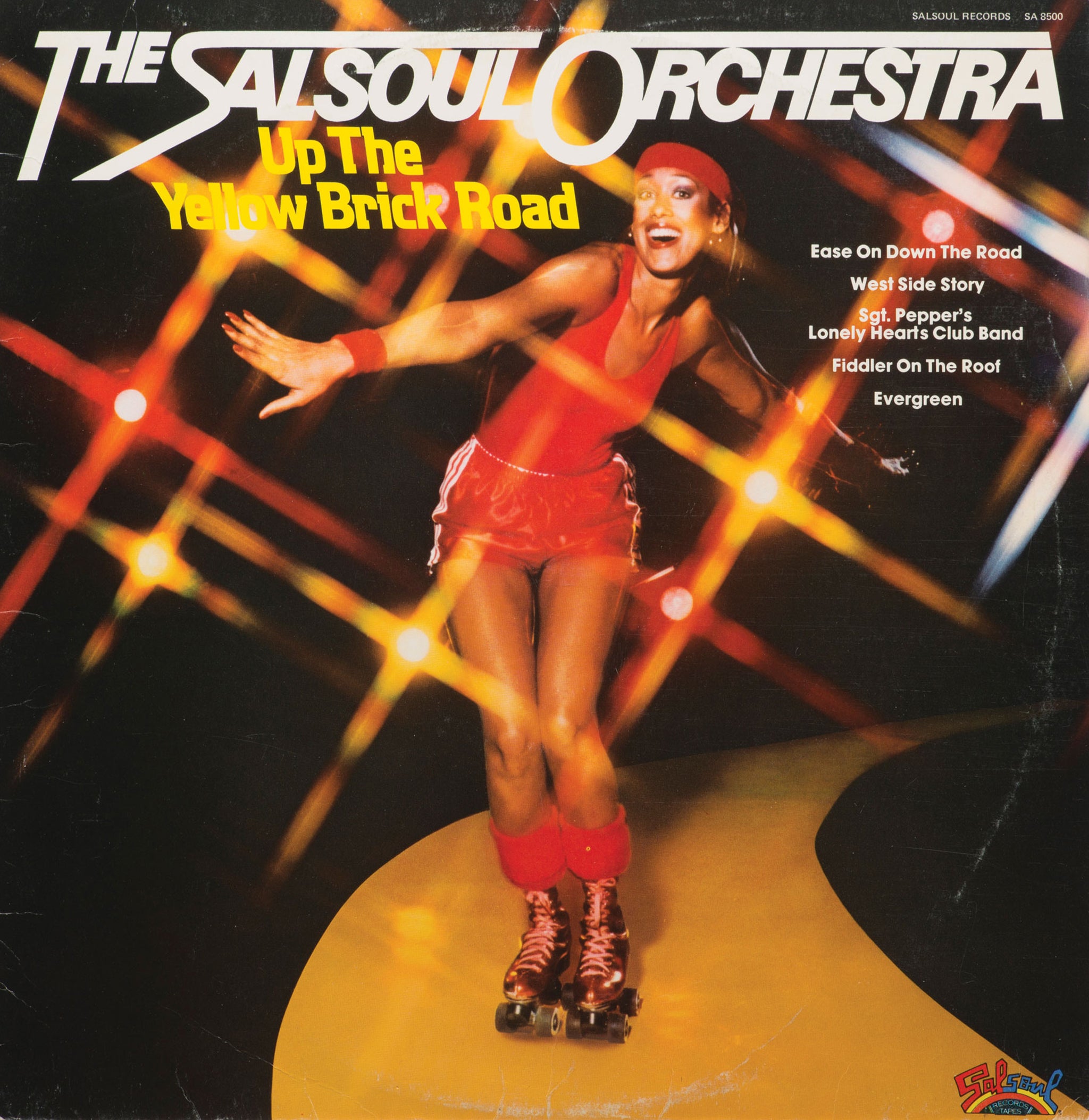The raunch, the rollerskates, the rampaging bears… Patrick Lejeune reveals why he became obsessed with disco album sleeves
Dutch disco aficionados "Disco Patrick" Lejeune and Patrick Vogtm have collected more than 7,000 disco records

The disco sound might have reignited the dance floor in the past year (spearheaded by Nile Rodgers' groovy licks on "Get Lucky"), the shops might be full of fashion throwbacks to the 1970s and 1980s, and sales of vinyl might just keep growing. But one aspect of disco still hasn't quite yet been recaptured: the cover art. The crazy, crazy cover art.
Happily, more than 2,000 examples of the boldest, most eye-popping and just plain bonkers sleeves from albums, 12-inch singles and themed compilations have been collated in a new book. Disco: An Encyclopaedic Guide to the Cover Art of Disco Records is "presented" by Dutch disco aficionados "Disco Patrick" Lejeune and Patrick Vogt, who both now live in Holland. And it certainly is encyclopaedic: organised by record label – both major and minor – Lejeune made sure to include catalogue numbers. He has been collecting since the late 1970s, and found it a near-impossible task to whittle down his personal collection of 7,000 records to "just" a couple of thousand of the most eye-catching.
"I have been collecting since 1978 but I am still amazed by records I see with nice covers," he says. He identifies a few artwork trends that track the evolution of disco – and, perhaps unsurprisingly, the ones he has the most affection for are those that distil the disco experience into a single image.
"In the 1970s you had the Motown and Philly [soul] records, then in about 1978 a lot of other people started making disco – a lot of people wanted to dance to it, a lot of DJs were promoting it, labels saw they could make money. Salsoul, Prelude and Casablanca were the bigger labels, they made a lot of good records in that period," he suggests.
They also made good covers – Lejeune has little time for the old soul records, which, he explains, were mostly illustrated with boring photographs of the artist. But then some bright spark had a (neon, flashing) lightbulb moment: they started putting photographs of dancing girls on their covers.
"From 1977 to 1980, you see a growing [development] in the covers, with photos of women dancing, not the artist any more," says Lejeune, who admits these are some of his favourites. He points to the sleeves for Musique's album Keep on Jumpin' and Turn the Music Up! by The Players Association as epitomising the era: "They have the atmosphere of the disco – you see a girl jumping in sportswear and dancing."
Cover art of disco records
Show all 20A section of his collection is dedicated to one of the cheesier sub-genres: roller disco. These records would boast roller-themed lyrics and are liberally illustrated with long legs and taut, spandex-clad bottoms.
Not that such things are limited to the roller-disco records – in fact, the whole compendium serves as a riposte to those who say pop music is now raunchier than ever. Miley Cyrus and Nicki Minaj, eat your heart out – the amount of bum-cheek on display in the book makes their high-cut leotards look positively workaday. Thought Rihanna's recent reveal-all crystals-and-fishnet dress was a scandalous sartorial development? Get an eyeful of that Dazzle sleeve: disco clearly got there first.
The raunch factor was, however, culturally determined: often the European and US pressings were different – the Continental illustrations being rather more ooh-la-la. "The American covers are quite 'decent'; on the French covers you see complete nudity, and they don't care!" says Lejeune.
Enjoy unlimited access to 70 million ad-free songs and podcasts with Amazon Music
Sign up now for a 30-day free trial
Enjoy unlimited access to 70 million ad-free songs and podcasts with Amazon Music
Sign up now for a 30-day free trial
The other main cover trend is for comic-style artwork – much of which has dated just as comprehensively as the epic facial hair of Giorgio Moroder and Cerrone (incidentally, disco fans will be pleased to know the latter has a "Best of" album out shortly). The distinctive feature, Lejeune tells me, is "the airbrush technique", as seen on some of his favourites, such as the snarling leopard-lady on African Suite's eponymous album or the futuristic finish of Inner Life's record, Inner Life II. For my money, though, you really can't beat a disco bear rampaging through a neon-hued recording studio…
Many sleeves have a noticeably sci-fi vibe, portraying a shiny-shiny image of the future. They reflected the music inside, which itself riffed on wider pop-culture developments. "Especially in 1979, a lot of the covers were spacey, but the records themselves are spacey," says Lejeune, pointing to records that toyed with both Star Wars and Star Trek.
So, what does Lejeune think of the recent disco revival? "I'm still into 1979!" he laughs. "But you see the influence on artists now – Pharrell Williams, Daft Punk. Some people say disco died in 1981, but everyone loves it again, because it makes you happy. It makes you smile."
'Disco: An Encyclopaedic Guide to the Cover Art of Disco Records' is published tomorrow by Soul Jazz Books/Thames & Hudson, priced £35
Subscribe to Independent Premium to bookmark this article
Want to bookmark your favourite articles and stories to read or reference later? Start your Independent Premium subscription today.

Join our commenting forum
Join thought-provoking conversations, follow other Independent readers and see their replies